Ultimate Travel Guide to Wroclaw
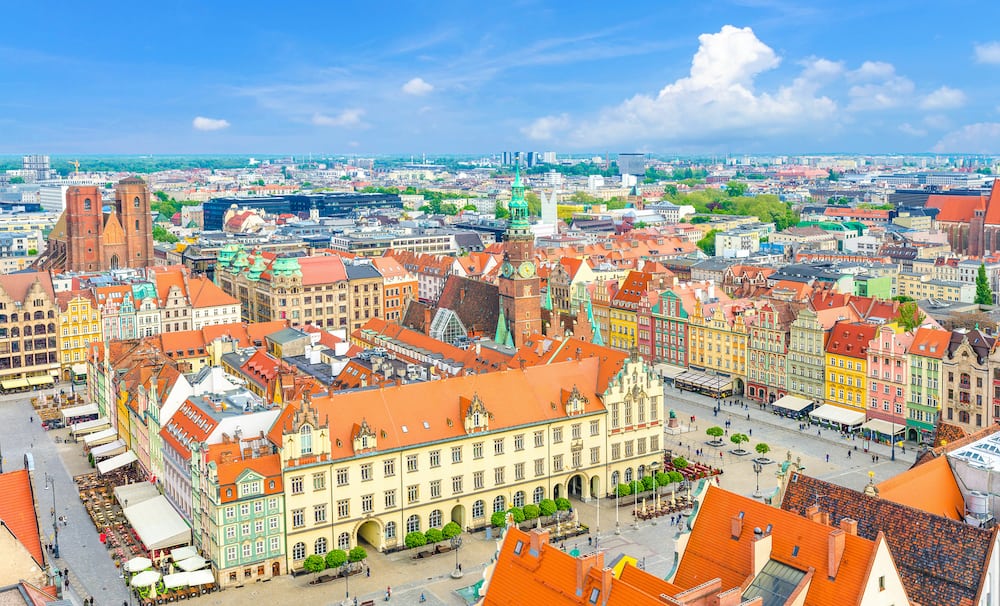
Wroclaw is the fourth largest city in Poland and historically the main city in Lower Silesia. Since given the honour of European Capital of Culture in 2016, more and more travellers are learning about the existence of Wroclaw and it’s fast becoming known for its stunning Old Town, beautiful bridges and rivers, excellent brunch culture and an ‘off the beaten path’ alternative to bigger cities in Poland such as Warsaw and Krakow.
Wroclaw (pronounced vrots-wahv) feels very accessible and relaxed due to its compact size, however that doesn’t mean there aren’t plenty of fun things to do there.
But whereas other cities offer dozens of castles, palaces and museums, Wroclaw offers shopping in Hala Targowa, strolls along the Ostrów Tumski bridge and the cobbled banks of the River Oder broken up by pit stops in the many craft beer taprooms or cosy cafes.
Instead of grand statues to war heroes and royalty, Wroclaw is most famous for the Wroclaw Dwarf statuettes. What started out as a symbol of the anti-communist movement is now a tourist attraction as around 250 dwarf statues can be spotted throughout the Stare Miasto (Polish for Old Town).
Wroclaw is the perfect place for an unusual city break, and you’ll leave feeling contented, relaxed and full of brunch and pierogi with barely a dent made in your wallet.
This ultimate travel guide to Wroclaw will show you all the beautiful places in Wroclaw, what to expect when visiting, where to stay in Wroclaw and things to do in Wroclaw which will help you in planning a trip to Wroclaw in Western Poland.
Plan your trip?
Avoid hidden fees in the exchange rate while withdrawing from millions of ATMs abroad, paying in restaurants and shops, and buying your accommodation and flights using the Wise Card. You can hold up to 40+ currencies at once to spend in in over 150 countries, and convert them in real time with the free Wise app.
Need help planning your trip from start to finish? Check out these helpful links:
- Cheap flights
- Savings on accommodation from hostels to luxury hotels
- Affordable car rental options
- Affordable sightseeing tours and day trips
- Travel Adapter – All in one so you don’t have to carry a bunch around
- Don’t be silly and forget Travel Insurance! Get hurt and you’ll regret it…
This post contains some affiliate links for your convenience. Click here to read my full disclosure policy. You can also read our content/editorial policy here.
How to get to Wroclaw
Wroclaw is a really easy city to reach. Wroclaw Nicolaus Copernicus Airport is only 12km outside of Wroclaw city centre and is connected to other cities all over Europe via budget airlines like Ryanair and Wizz Air and for prices as low as €30 return.
Budget travellers can hop on the 106 bus to Wroclaw Main Station just outside of Wroclaw Airport, both day and night, which costs the equivalent of €0.80. Or, UBER is available and taxis outside the airport are relatively cheap in Wroclaw.
Wroclaw Main Railway Station offers direct services all over Poland and continental Europe, but they can be confusing for non-Polish speakers.
Flixbus provides cheap bus services all over the continent and because Wroclaw is so close to the German and Czech Republic/Czechia borders, you can travel from Berlin in under five hours for around €15 or Prague in the same time for around €7!
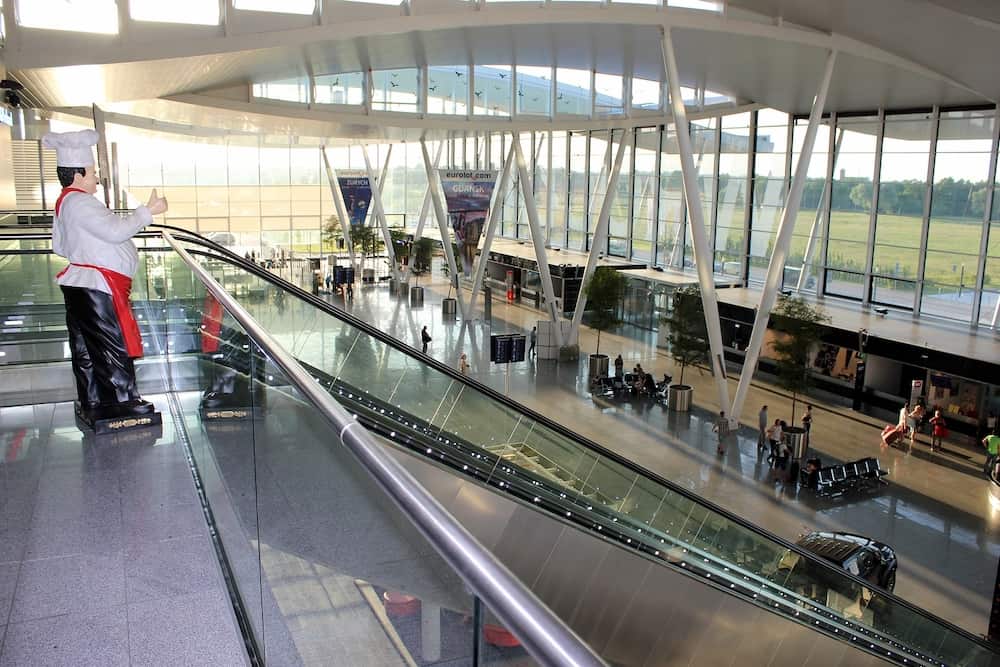
What to expect in Wroclaw
Since Wroclaw is a Polish city, most of the residents speak the official Polish language. English is commonly spoken in younger generations and those who work in the tourist/service industries, so Wroclaw is easy to navigate as an English speaker. Poland is in the EU and part of the Schengen zone.
The local currency is the Polish zloty with is either written PLN or zł. A small tip is generally expected in restaurants, usually 10-15%, if a service charge isn’t already included but it’s not necessary to tip elsewhere.
Wroclaw is an incredibly affordable city to visit, particularly for western travellers and is even more affordable than the Polish capital, Warsaw.
Expect to buy brunch and a nice coffee for the equivalent of €6, large beers for around €1-3 and single journeys on public transport to cost less than €1. Wroclaw is also a very safe and friendly city.
How to get around Wroclaw
The main tourist area of Wroclaw, the Old Town, is very small compared to other Polish cities, so if you don’t have any particular accessibility requirements and your accommodation is fairly central you should be able to walk everywhere you want to go.
However, public transport in Wroclaw is pretty good and the MPK tram system is extensive and really easy to use.
Most tram stops have a ticket machine that can be used in English for you to buy tickets and they accept notes, coins and cards which is better than many other Polish cities. Or, there are usually ticket machines on the trams.
It’s worth noting that if you have a large suitcase or piece of luggage (like sporting equipment) then you must buy another ticket for that item, but full price single tickets are usually less than €1 anyway and night tickets don’t cost much more.
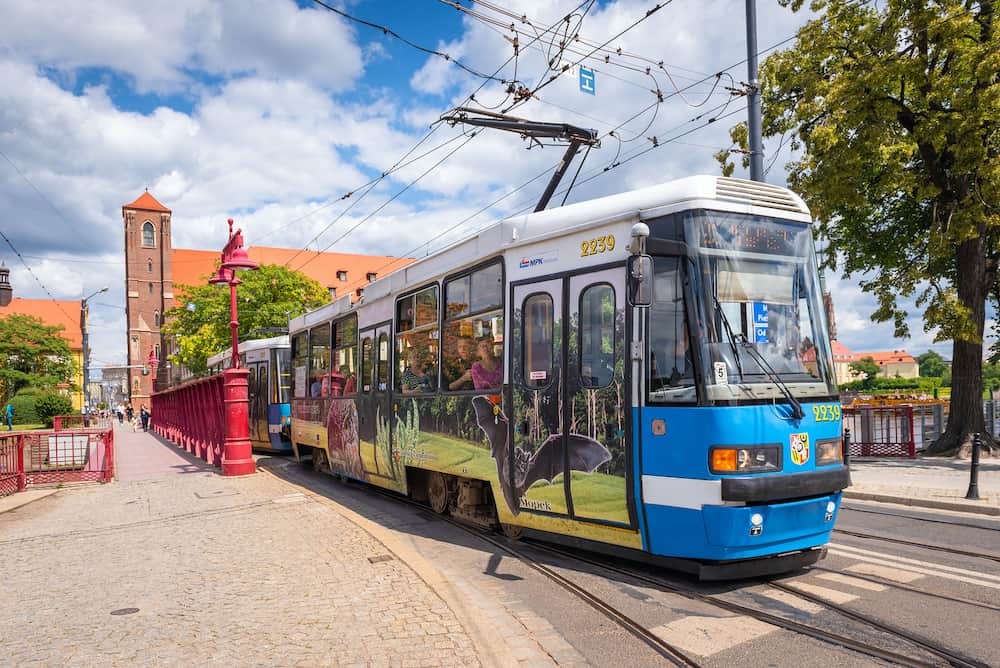
The best time to visit Wroclaw
Wroclaw experiences a milder climate than most other parts of Poland, but that doesn’t mean the city is always really hot. Poland, like much of continental Europe, has pleasantly warm summers and winters that are often snowy and just below freezing.
If you want the best weather for your trip, visiting Wroclaw in summer (between May-September) is your best bet as temperatures are in the mid-20 degrees Celsius though there is often rainfall during this time. This is the peak season and the city will be busier and accommodation will be more expensive.
Spring and autumn especially are still pleasant times to visit Wroclaw without the crowds and price hikes, but Christmas in Wroclaw is truly something special.
Traditional Christmas markets completely take over Wroclaw’s Market Square from the end of November until New Year’s Eve. Hundreds of wooden chalets line up selling decorations, mulled wine and festive Polish treats.
Things to do in Wroclaw
Wroclaw Market Square
The heart of Wroclaw Old Town is Wroclaw Market Square and it has to be one of the most beautiful, historic town squares in Europe.
It’s covered in cobbles with so many brightly coloured, decorative buildings, including the Town Hall which has its own astronomical clock and the adjoining Salt Market Square is just as wonderful.
Specific landmarks in or near the Market Square include the Hansel and Gretel houses which are two small, medieval houses left undisrupted by the modern developments around them to demonstrate what Wroclaw would have looked like hundreds of years ago.
Stare Jatki is a cute, narrow shopping street with statues of farm animals and the Jewish Quarter is nearby with lots of cool cafes and bars.
The City Museum of Wroclaw which has found a home in an 18th-century Royal Palace on the very edge of Old Town with manicured Baroque-style gardens. There is so much to see and do in this part of the city!
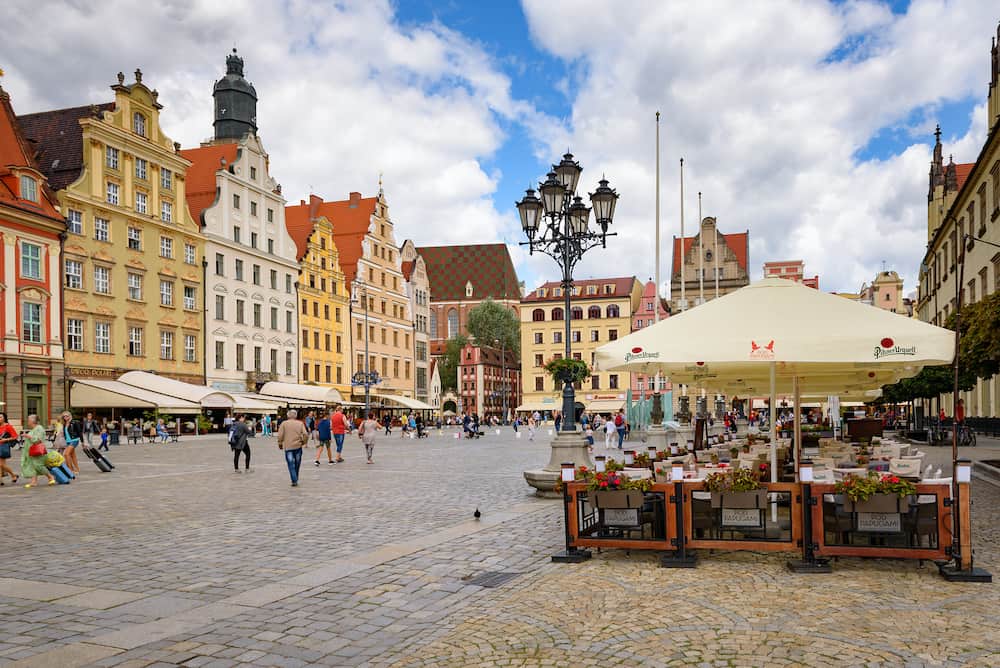
St Elizabeth’s Church
Just outside Wroclaw’s Market Square is St Elizabeth’s Church which is a beautiful 14th-century church with a 90m bell tower offering without a doubt the best views over the Market Square.
The church was built as a protestant, Lutheran church but after hundreds of years, in 1945 it was taken over by the Catholic Church. It’s a striking Gothic building and one of the most notable in Wroclaw’s skyline.
Wroclaw Dwarfs
One of the most charming and quirky things about Wroclaw is the hundreds of 30cm tall dwarf statues that are dotted around the city.
As previously mentioned, the dwarf was the symbol of an anti-communist protest group called the Orange Alternative protesters who were active during the 1980s.
The first dwarf in Wroclaw was placed in 2001 as a memorial to the movement (named Papa Krasnel on Swidnicka Street) but since then, over 250 of them have popped up everywhere.
You’ll spot dwarfs eating ice cream outside of ice cream shops, dwarfs sleeping in beds outside of hotels and dwarfs gambling outside of casinos interacting with the businesses around them.
There are apps you can download to find them all but it’s fun just seeing how many you can spot as you walk around!
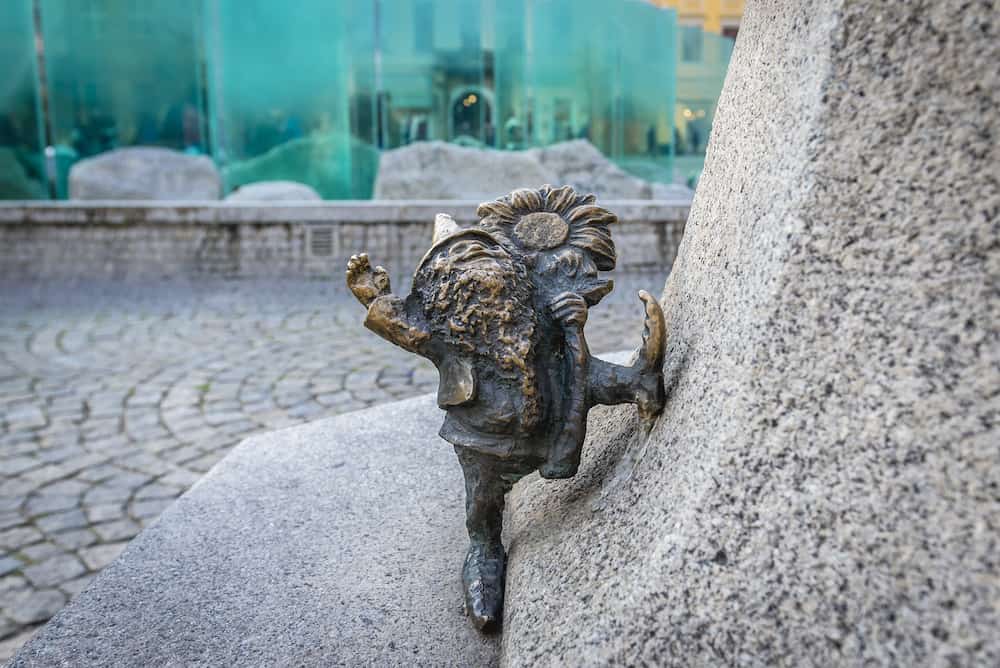
Centennial Hall and Japanese Gardens
One of Wroclaw’s most serene outside spaces has to be the Japanese Gardens.
This huge park is filled with tall, overgrown flora that makes you feel miles away from a city and the many Japanese-style bridges and ponds filled with carp mean you could easily spend an hour or two just strolling through the park looking at everything.
At the centre of the gardens is the Centennial Hall, a circular events venue built almost 100 years ago when Wroclaw was still part of the German Empire and it is a UNESCO World Heritage site.
The Wroclaw Fountain which is placed just behind the hall is often incorporated in the events with synchronized water displays and light shows.
Hala Targowa Market Hall
Wroclaw’s Market Hall, Hala Targowa, is an indoor market which on the first inspection may not seem like much, but this early 20th-century building represents an era in Wroclaw that has all but passed.
The market is far quieter than it was in its heyday, but there are still fresh fruit, vegetable and meat stalls as well as some cool cafes and craft beer bars if you search for them and some independent jewellery and clothes shops on the top floor.
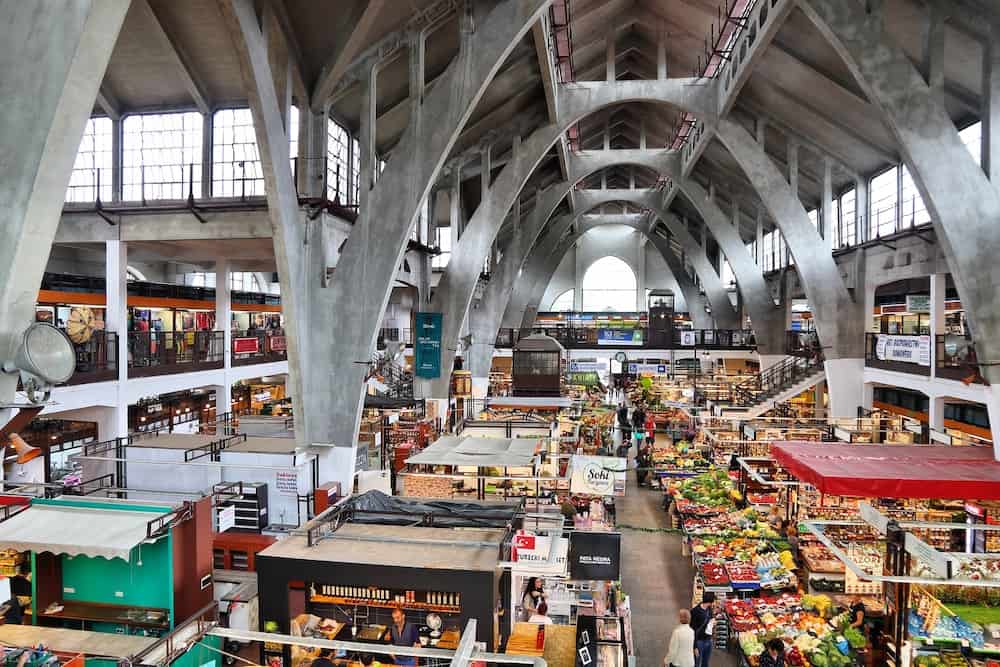
Panorama of the Battle of Raclawice
One of Wroclaw’s most important artifacts is the Panorama of the Battle of Raclawice. It’s a monumental 15x144m, 360-degree painting which documents the 1794 battle which was common practice in the 19th-century, but few exist, and this panorama is the oldest in Poland.
A purpose-built round structure houses the painting and you can stand in the middle and walk around as you listen to an audio guide explaining the event and the painting. The visits are arranged in 30-minute time slots so book ahead if you’re short on time.
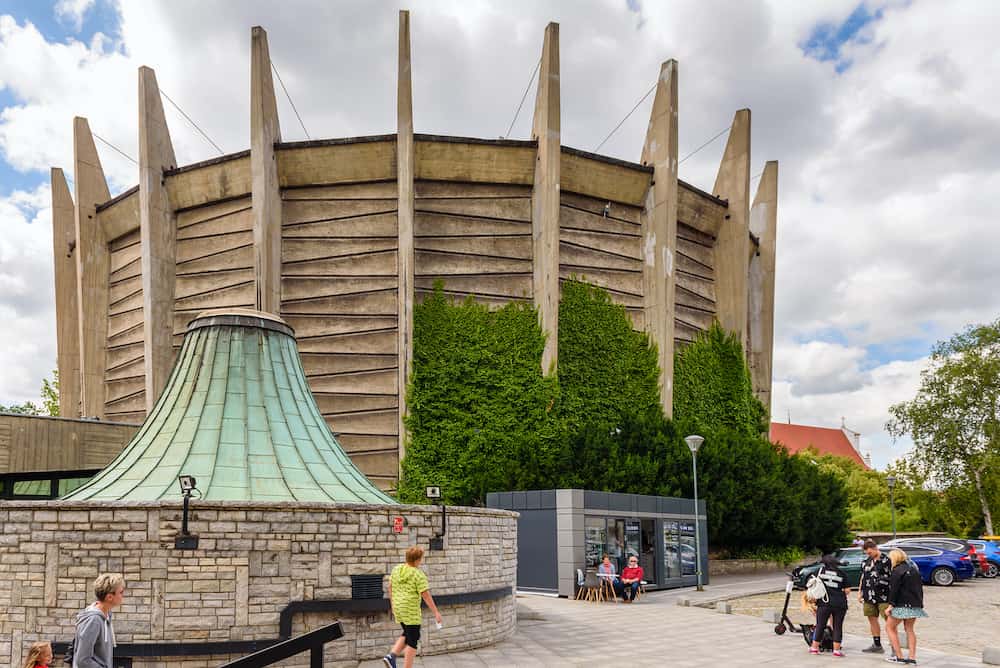
What to eat in Wroclaw
Traditional Polish food is primarily comforting and hearty dishes like broths, soups and stews often with lots of meat and pickled vegetables. Pierogi is possibly Poland’s most famous dish, which are dumplings filled with all kinds of sweet and savoury flavours.
One of the best restaurants for visitors to try different pierogi fillings is Pierogarnia Stary Młyn in Wroclaw Old Town. There, you can try authentic or baked pierogi in a medieval-style restaurant with English menus and Polish beer.
Surprisingly, Wroclaw has a superb brunch scene, and while brunch in other European cities can cost as much as an evening meal, you can brunch all you like in Wroclaw’s cafes for very little. Central Cafe in the Jewish Quarter is a favourite with both locals and visitors because of its low prices and great bagels.
Di Dinette is a more upmarket option with a variety of homemade bread to choose from and a huge, international menu.
Wroclaw is the unofficial craft beer capital of Poland and there are lots of local breweries and taprooms you can try. Alebrowar is one of the most popular local breweries and they have their own taproom in the Jewish Quarter. 4HOPS and Kontynuacja are great bars to visit for local craft beer too.
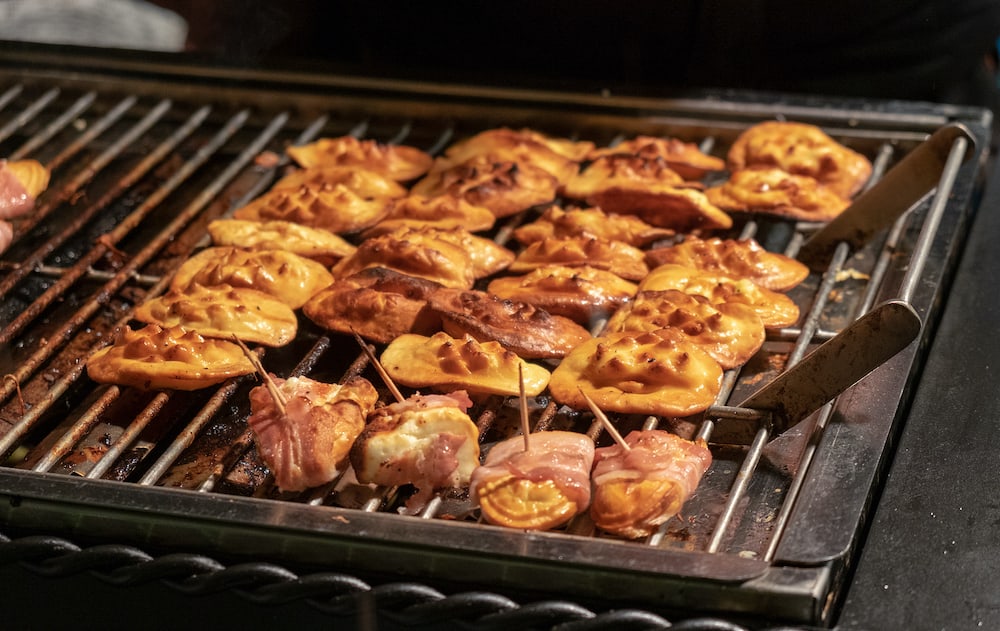
Where to stay in Wroclaw
Budget – Wroclaw has some fantastic hostels, with the city’s already cheap prices by western standards, travellers can stay well within budget by choosing to stay in one. Grampa’s Hostel is on Cathedral Island just north of Old Town and it’s a minimalist family-run hostel with free breakfast included.
Mid-range – There are lots of affordable Wroclaw hotels to meet any requirements. The PURO Hotel Wroclaw Stare Miasto in the Jewish Quarter is a gorgeous, modern hotel with comfy soft furnishings and looks much more luxurious than the price would suggest.
If you’d prefer to stay in an apartment, Q17 Apartments Old Town start from less than €50 per night and offer the services of a hotel with much more space.
Luxury – Wroclaw isn’t short of 5-star hotels if you want to go all out on your city break. The Bridge Wroclaw MGallery is located on Cathedral Island which offers huge, modern rooms with fantastic views of the city from less than €100 per night.
Alternatively, Hotel Monopol is housed in a 19th-century palace in Old Town and has a pool and spa facilities.
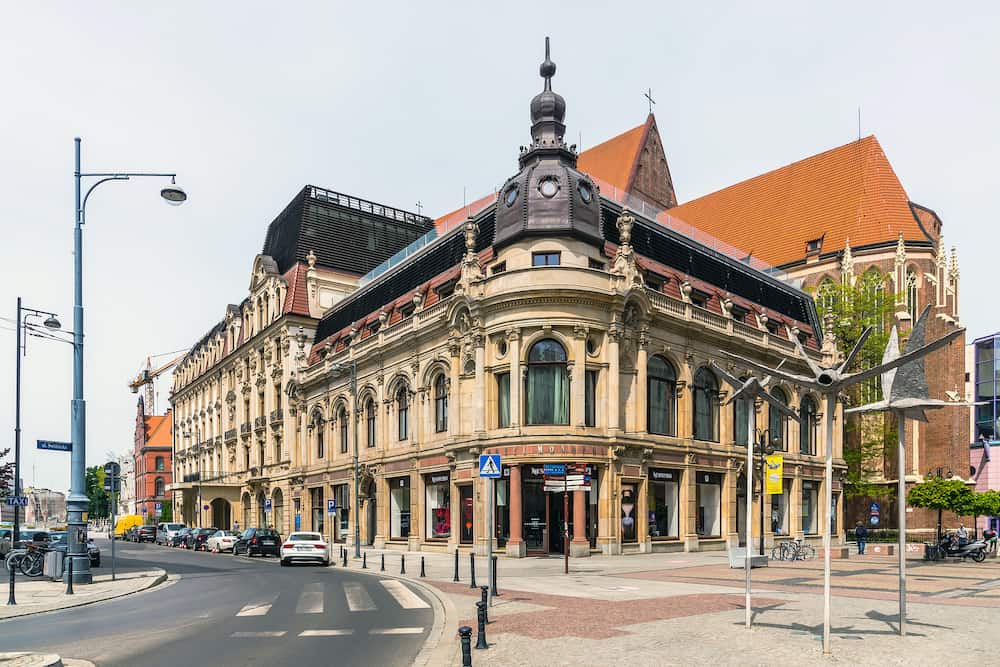
Tours to do in Wroclaw
Old Town Walking Tour
There are so many fascinating and historic buildings in Wroclaw that you could wander past and never know their significance or you could admire some of the landmarks without really knowing why they’re landmarks.
By taking a walking tour around Wroclaw’s Old Town, you’ll be able to learn more about the city from a local, knowledgeable guide.
If you’re short on time, one of the best ways to learn and see as much as possible in any city is by doing a walking tour and this one in Wroclaw Old Town is ideal.
Learn about Wroclaw’s medieval past, see the Wroclaw University buildings, the local market hall and much more.
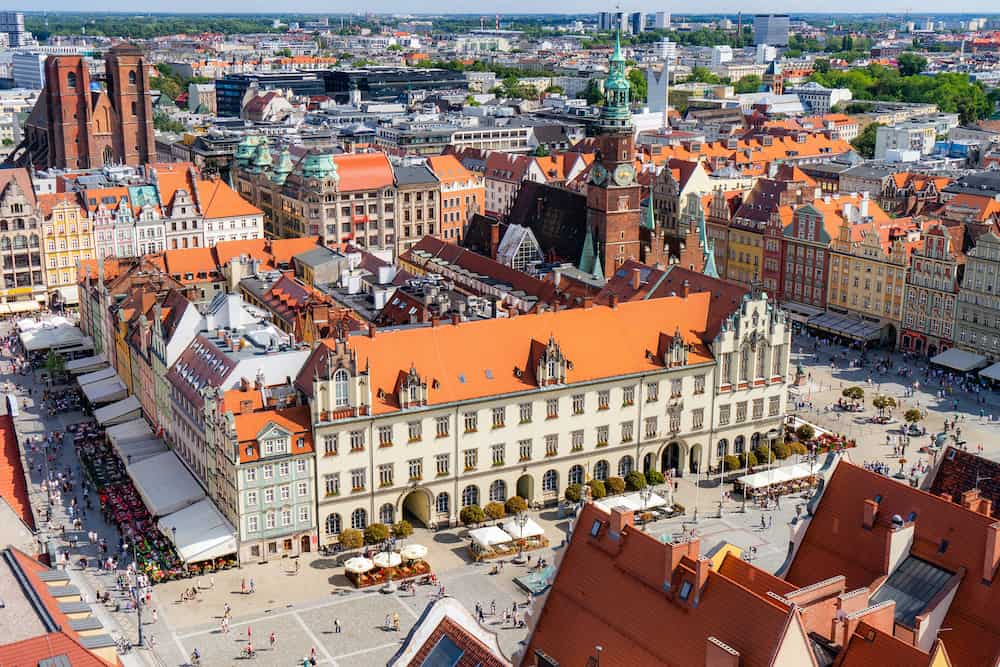
Wroclaw Islands Tour
There’s a lot more to Wroclaw than just the historic centre, and the city is actually made up of 12 islands that are worth exploring.
The islands are the oldest parts of the city and home to some of the most beautiful religious buildings in Wroclaw including the Cathedral of St John the Baptist and the Church of the Holy Cross on the aptly named Cathedral Island.
On this walking tour, also explore some of the other notable islands – Sand Island and Malt Island – as well as the beautiful bridge that connects Old Town to Cathedral Island, Ostrów Tumski which is covered in love locks, by following a local guide.
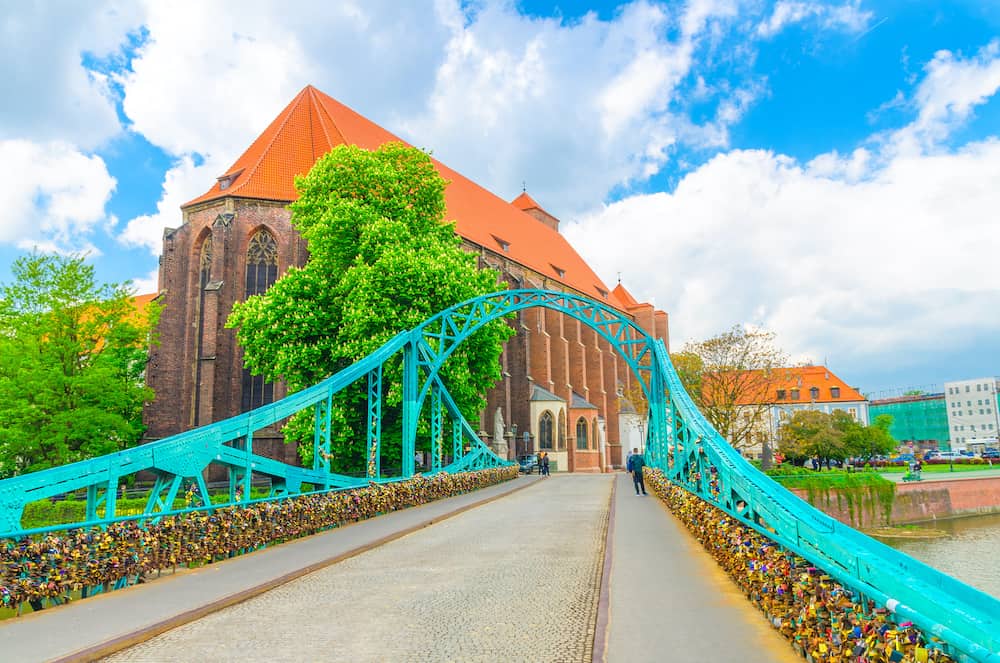
Food Tour
There are so many amazing traditional and local Polish restaurants in Wroclaw. If you’re a self-confessed foodie then you might be interested in this food tour of Wroclaw where you’ll be able to visit a selection of the best authentic restaurants and cafes in the city.
You can sample 13-14 different dishes, including the chance to try Polish craft beer and vodka so make sure you don’t forget your appetite on this tour!
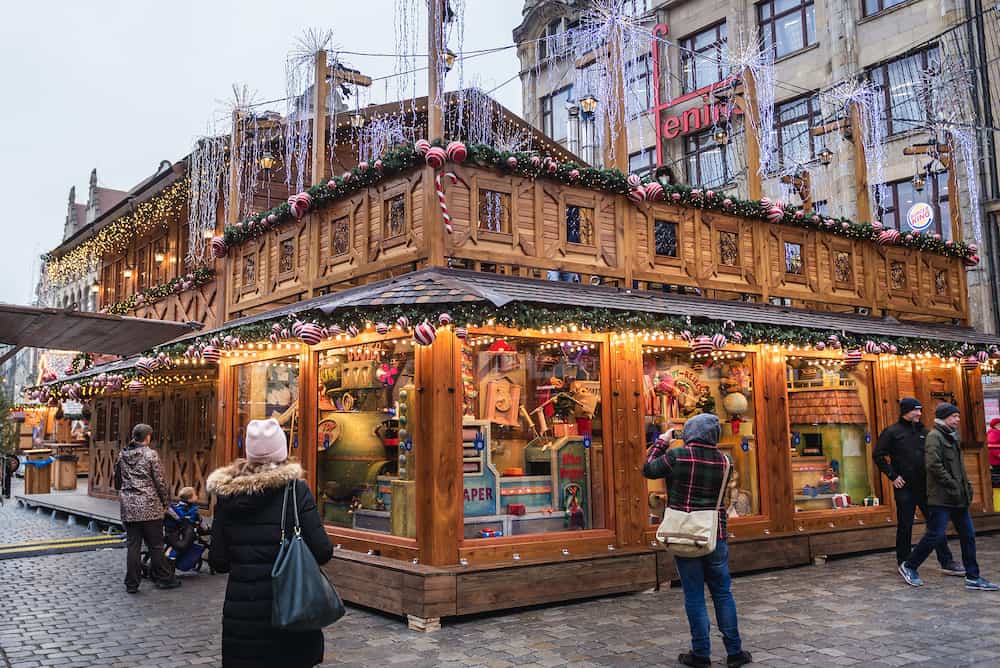
Day trips from Wroclaw
Auschwitz-Birkenau
Visiting the Auschwitz-Birkenau Nazi concentration camps is a popular day trip for travellers visiting the Polish city of Krakow, but if you only have a limited time in Poland and want to learn about and pay your respects to the atrocities that happened here, there are plenty of day trips from Wroclaw to Auschwitz too.
This day tour includes hotel pickup, entrance fees and everything else you’d need including a guide who will be able to explain the horrors of the former camp and put the site and artefacts on display into context, including a wider history of World War II.
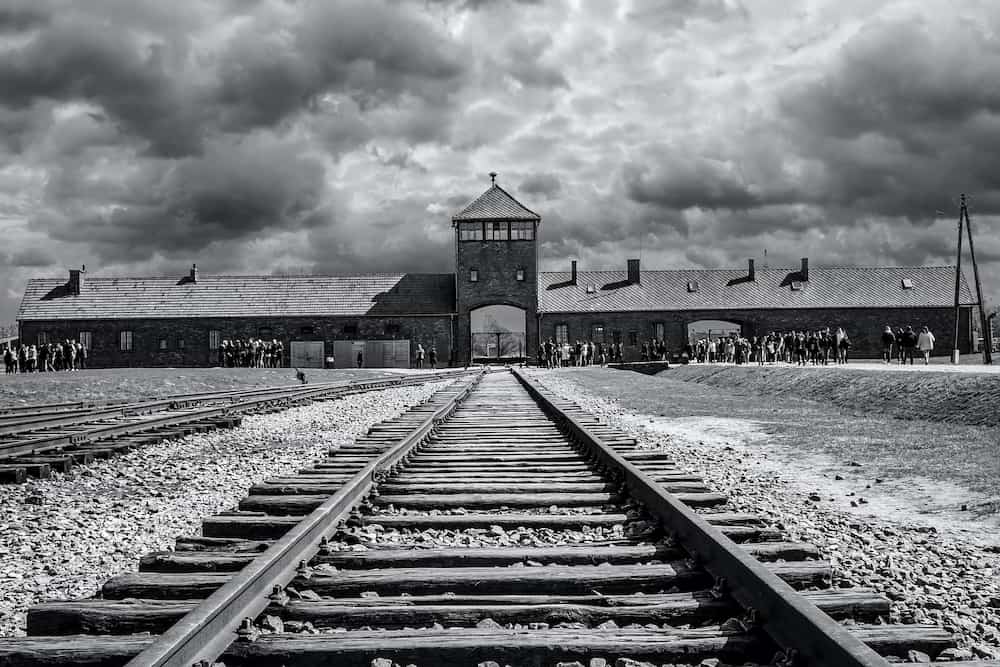
Lower Silesia
Wroclaw may not be Poland’s capital city, but it is the historic capital of the region of Lower Silesia. This part of Poland has its own history and there are lots of fantastic buildings and monuments in this part of the country.
On this day trip, you can visit Ksiaz Castle which is Poland’s third-largest castle which has a beautiful teal and orange exterior surrounded by the lush green countryside.
You can also visit Europe’s largest timber-framed religious buildings, the Churches of Peace (which are a UNESCO World Heritage site) and other quirky landmarks in the area.
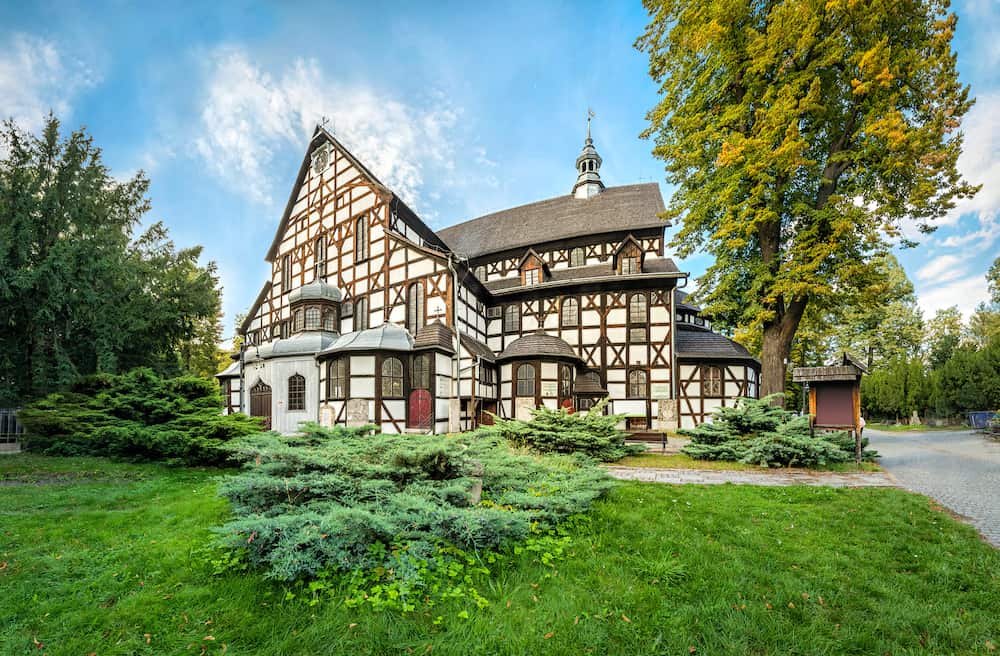
Prague
Since Wroclaw is situated in the Southwest of Poland, it’s very near the Czechia capital of Prague, so a day trip is definitely doable if you want to maximise your time in Europe and see as many places as possible.
You will be picked up straight from your hotel and can choose whether you’d like to explore the city independently or follow your guide, or a bit of both! It’s entirely up to you but either way, you will no doubt explore the huge Prague Castle complex, the Charles Bridge and the city’s UNESCO certified Old Town.
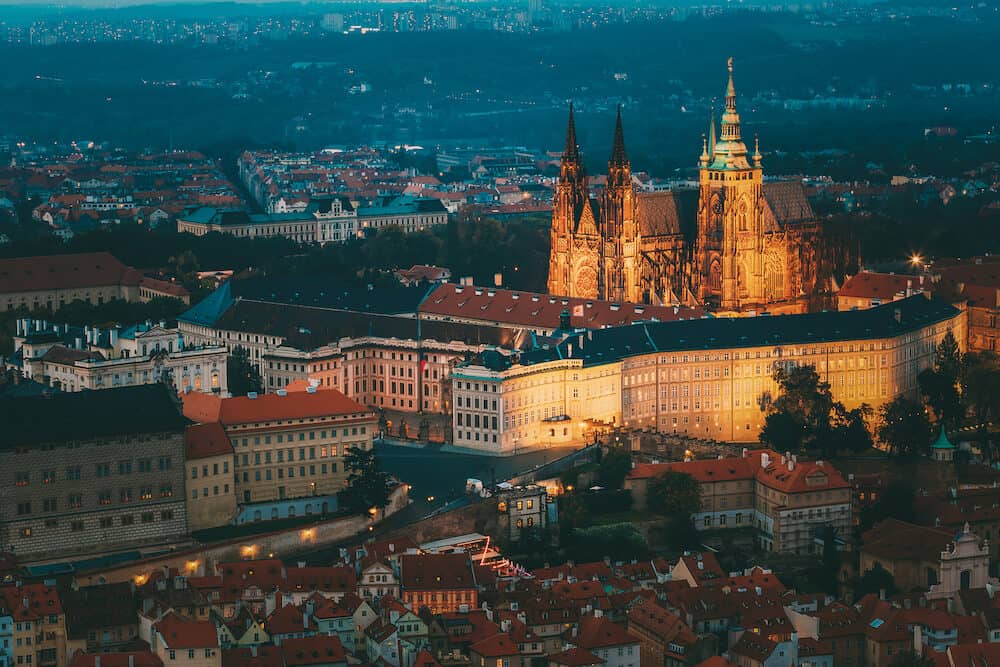
Recommended tours in Wroclaw
- Ksiaz Castle and UNESCO Church of Peace in Swidnica
- Wroclaw Pub Crawl
- Private Walking Tour of Wroclaw
- Wroclaw to Table Mountaines National Park Full Day Private Tour
- Wroclaw to Pottery Factory in Boleslawiec Private Tour Including Tickets
- Adršpach-Teplice Rocks: The Chronicles of Narnia Filming Locatation Tour
- The secrets of World War II
- Wroclaw in one day City Tour by Electric Car
- Dwarf Hunting – Fun City Game Wroclaw
- Looking for the Lamplighter – Wroclaw Cathedral Island and Sand Island Tour
If you’d like to save it for later, please save it to Pinterest.
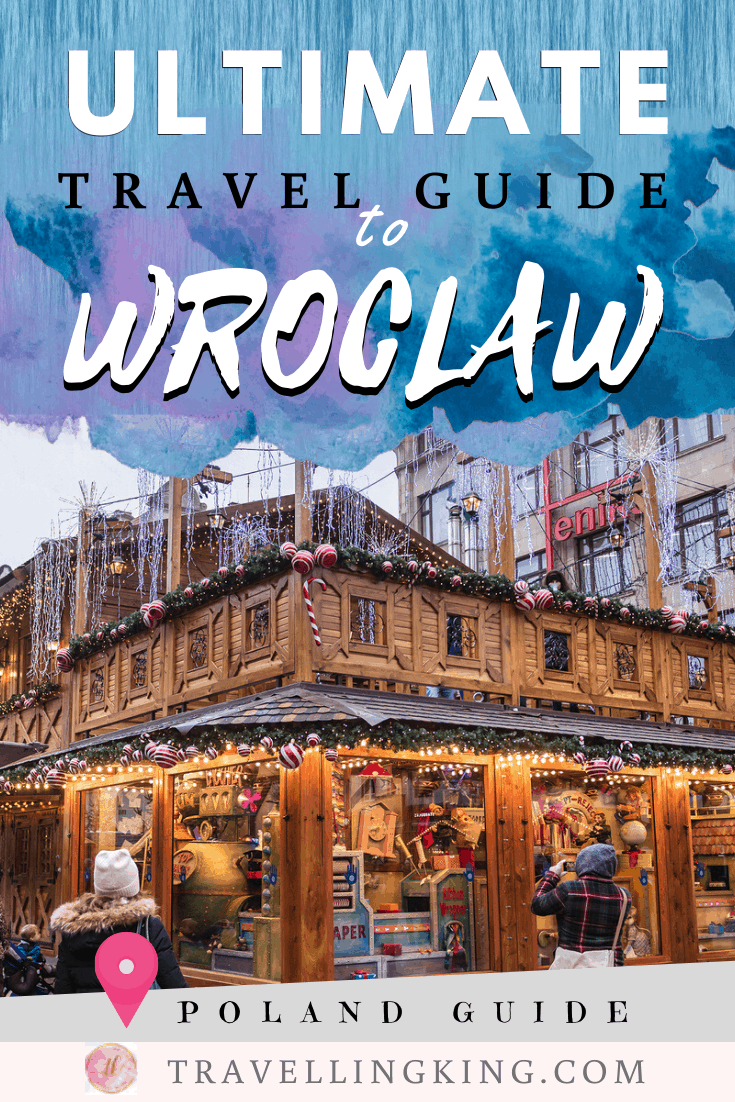
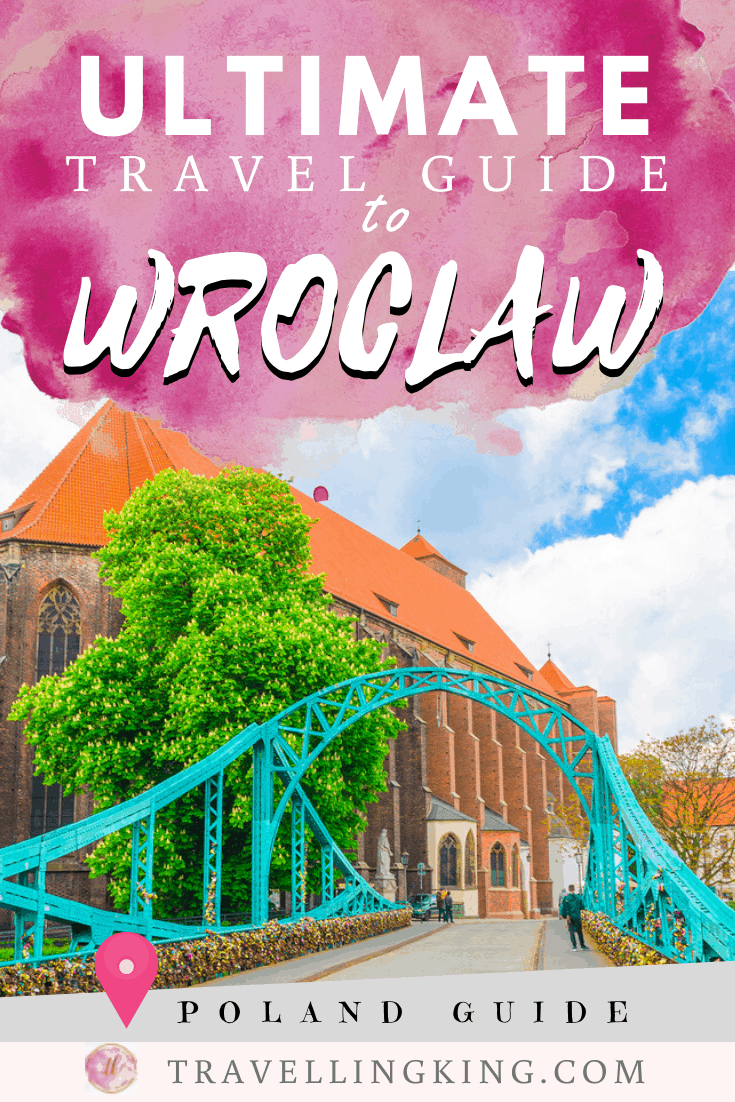
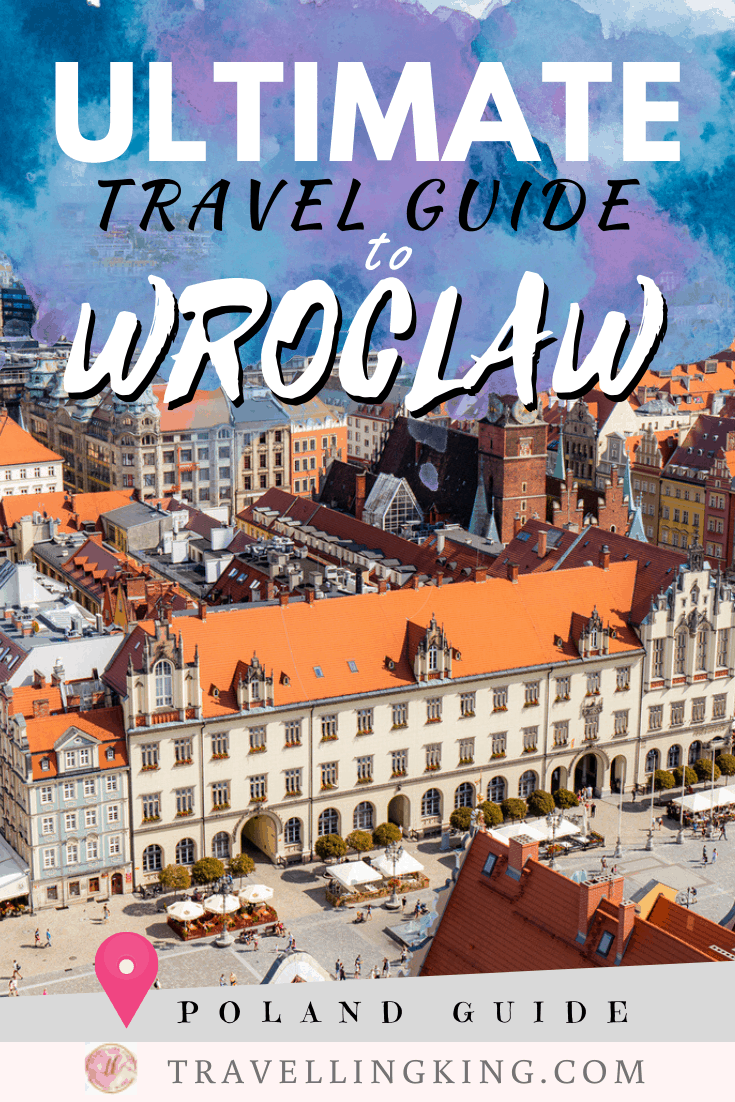


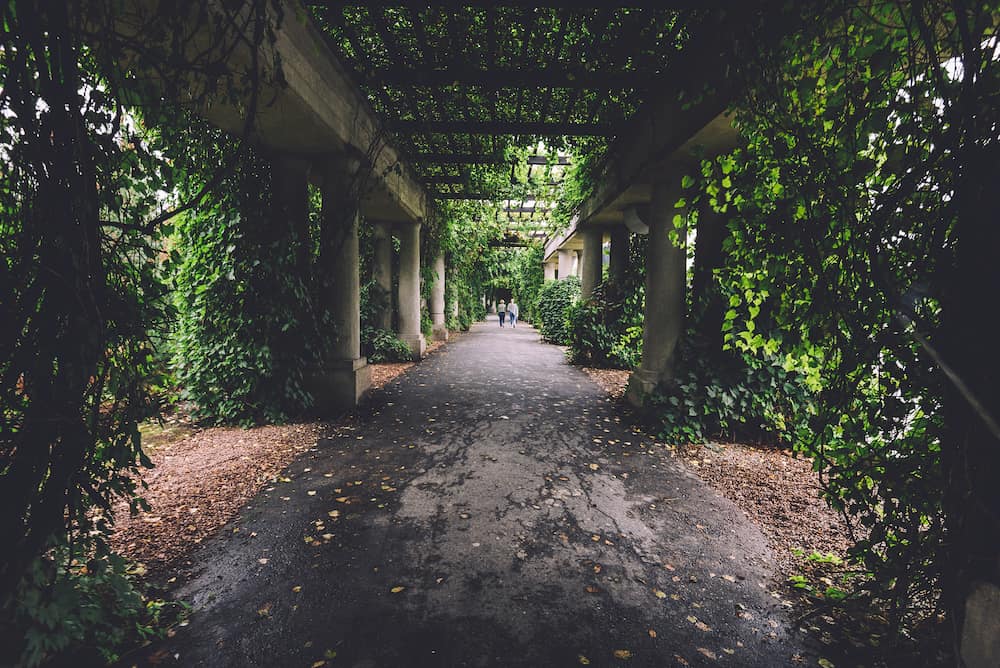
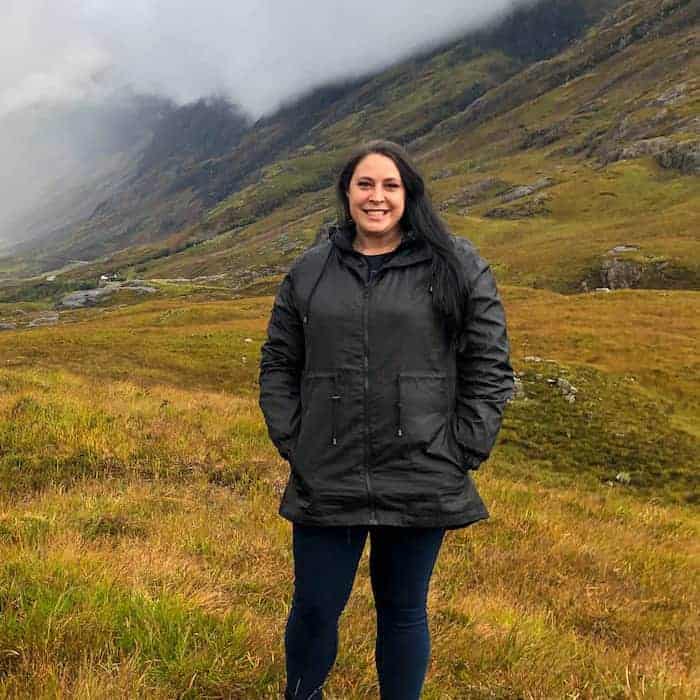
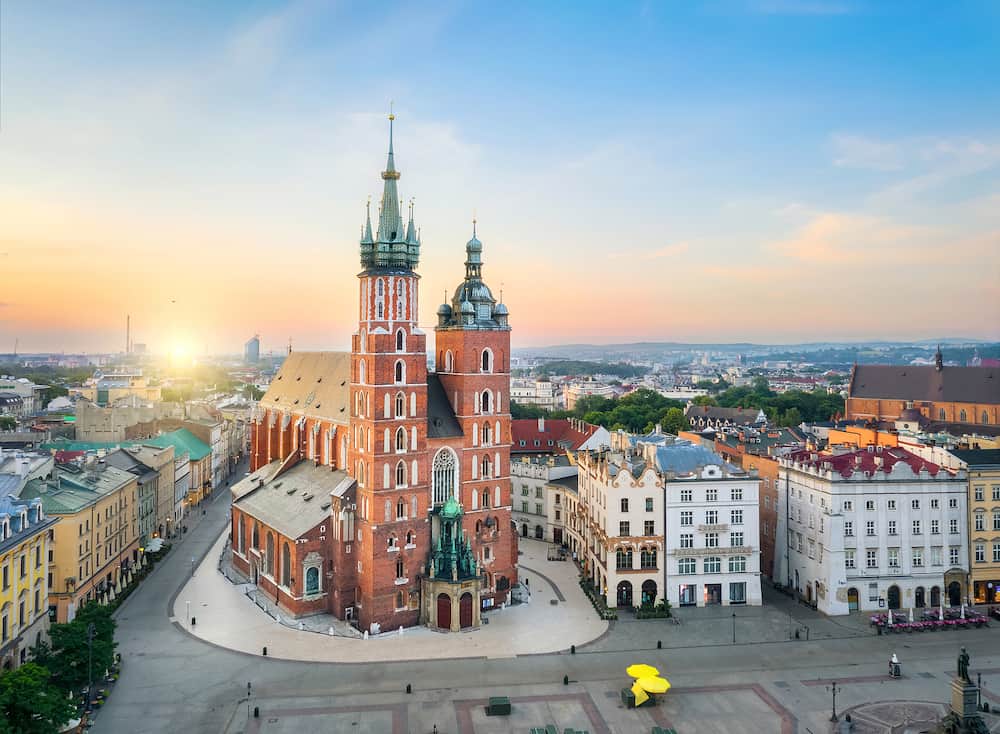
![Where to Stay in Krakow [Best Places to Stay for 2024]](https://www.travellingking.com/wp-content/uploads/2022/10/Where-to-stay-in-Krakow4.jpg)
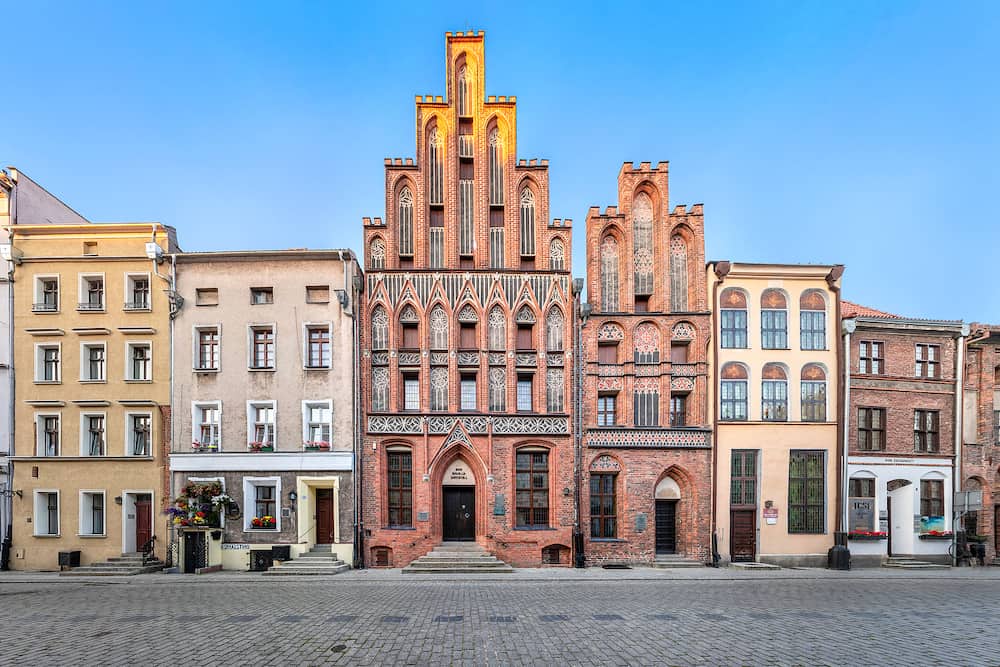
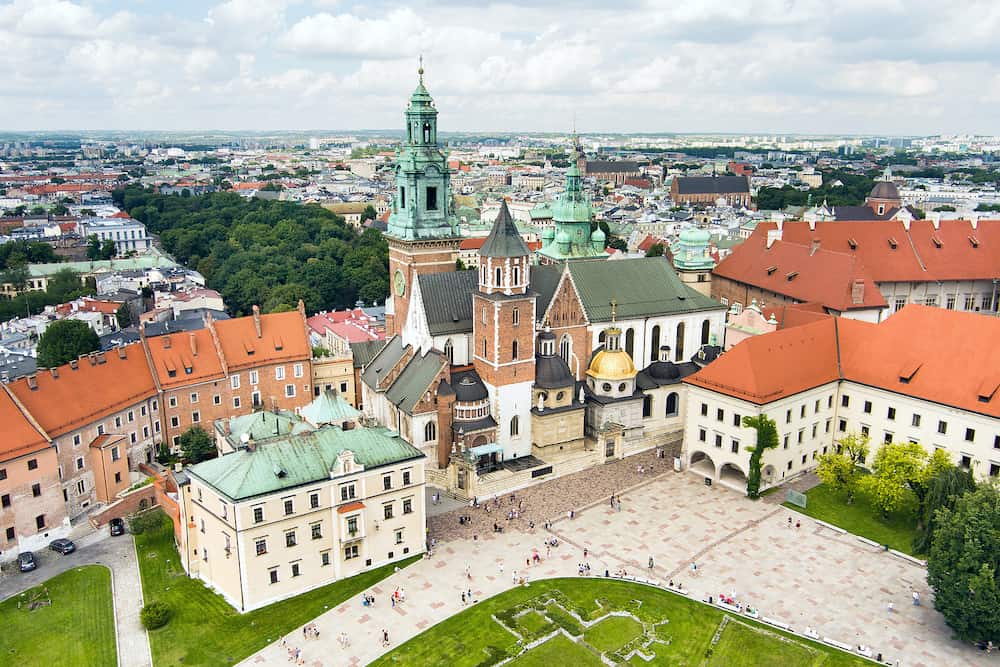
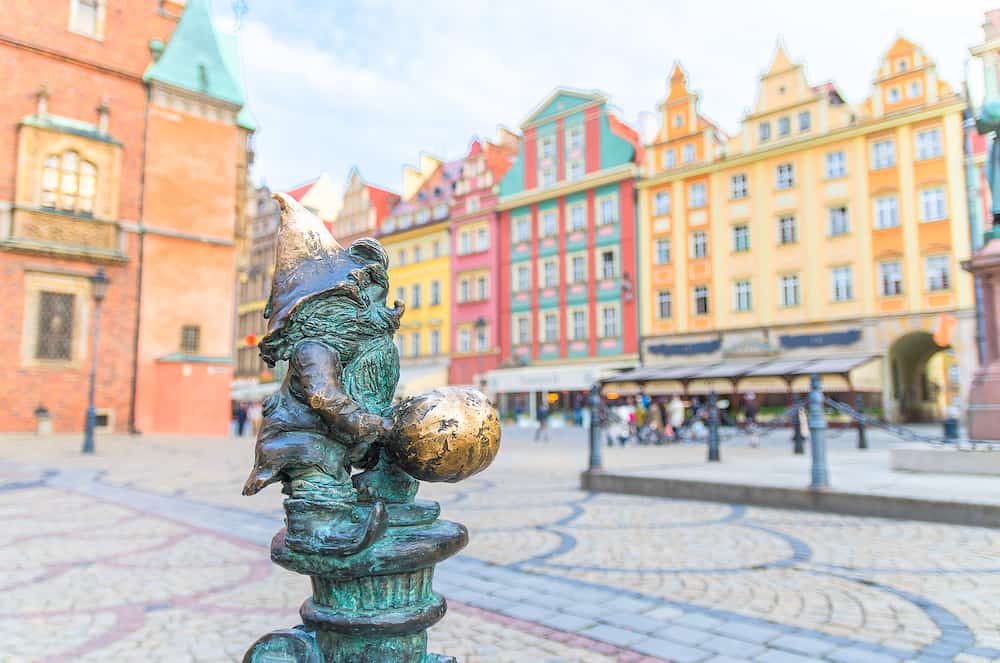
![Where To Stay in Wroclaw [Best Places to Stay for 2024]](https://www.travellingking.com/wp-content/uploads/2022/10/Wroclaw-Multicolored-traditional-historical-houses-and-City-Hall-on-Market-square-at-sunset-Old-Town-of-Wroclaw-Poland.jpg)